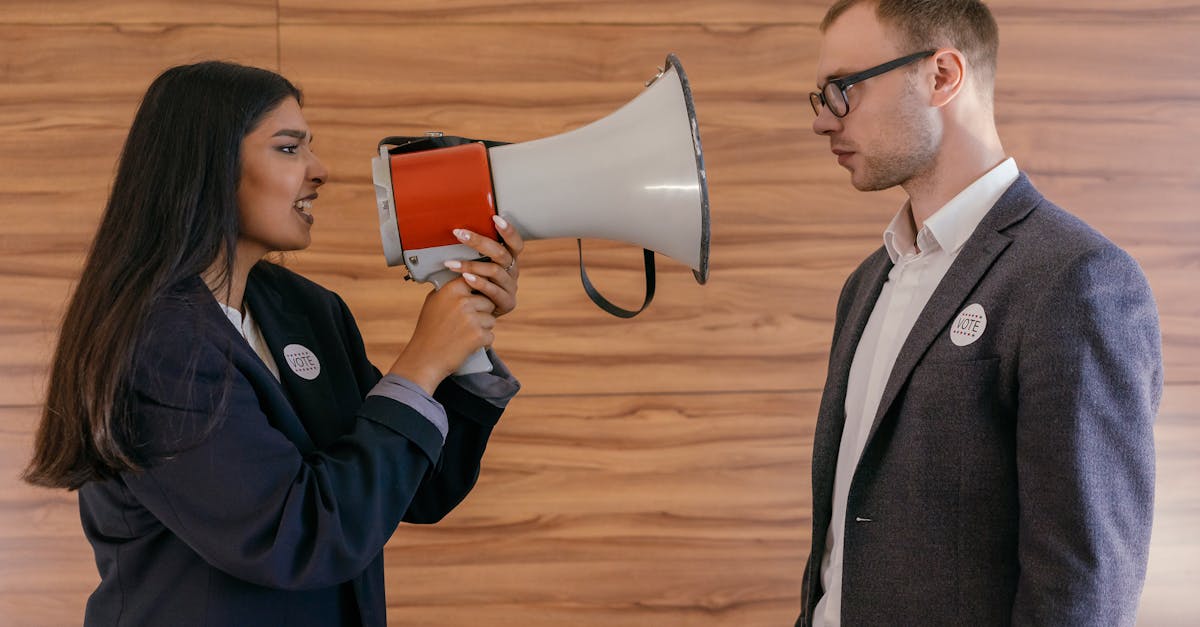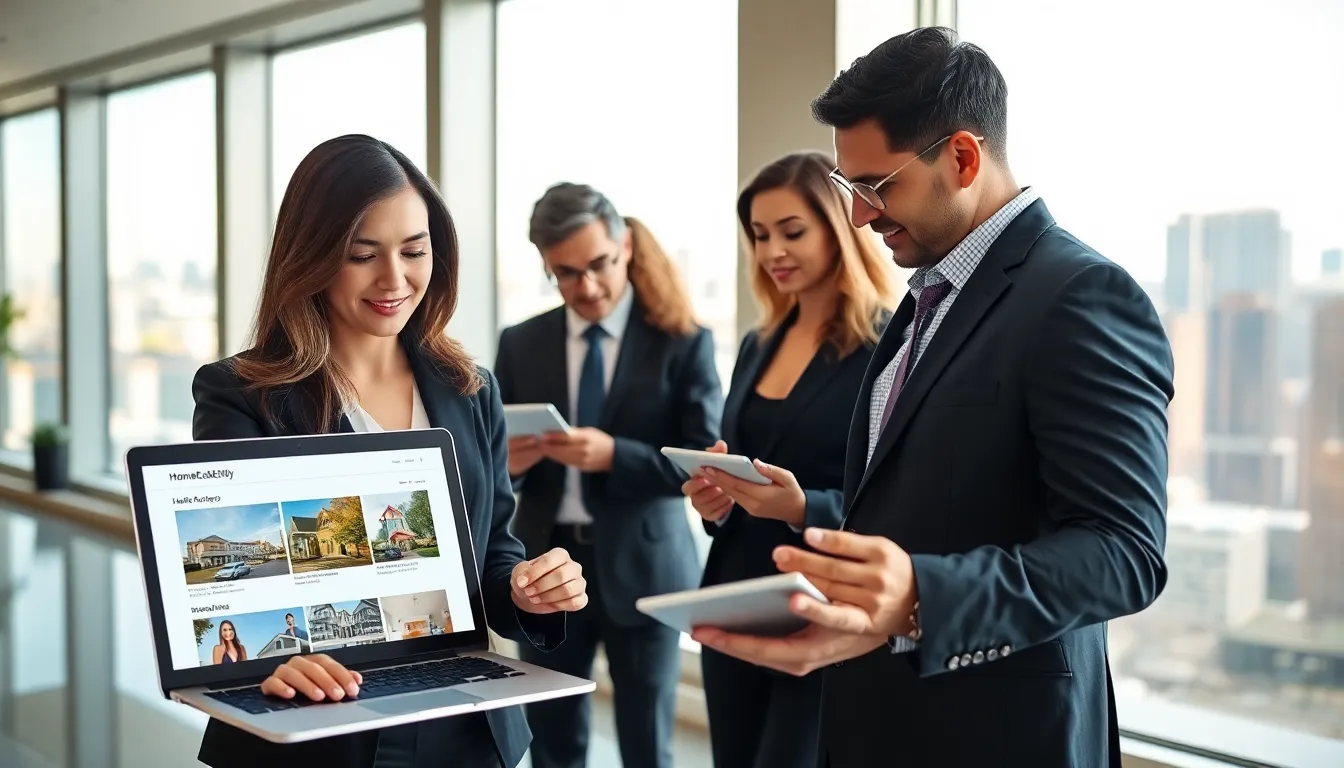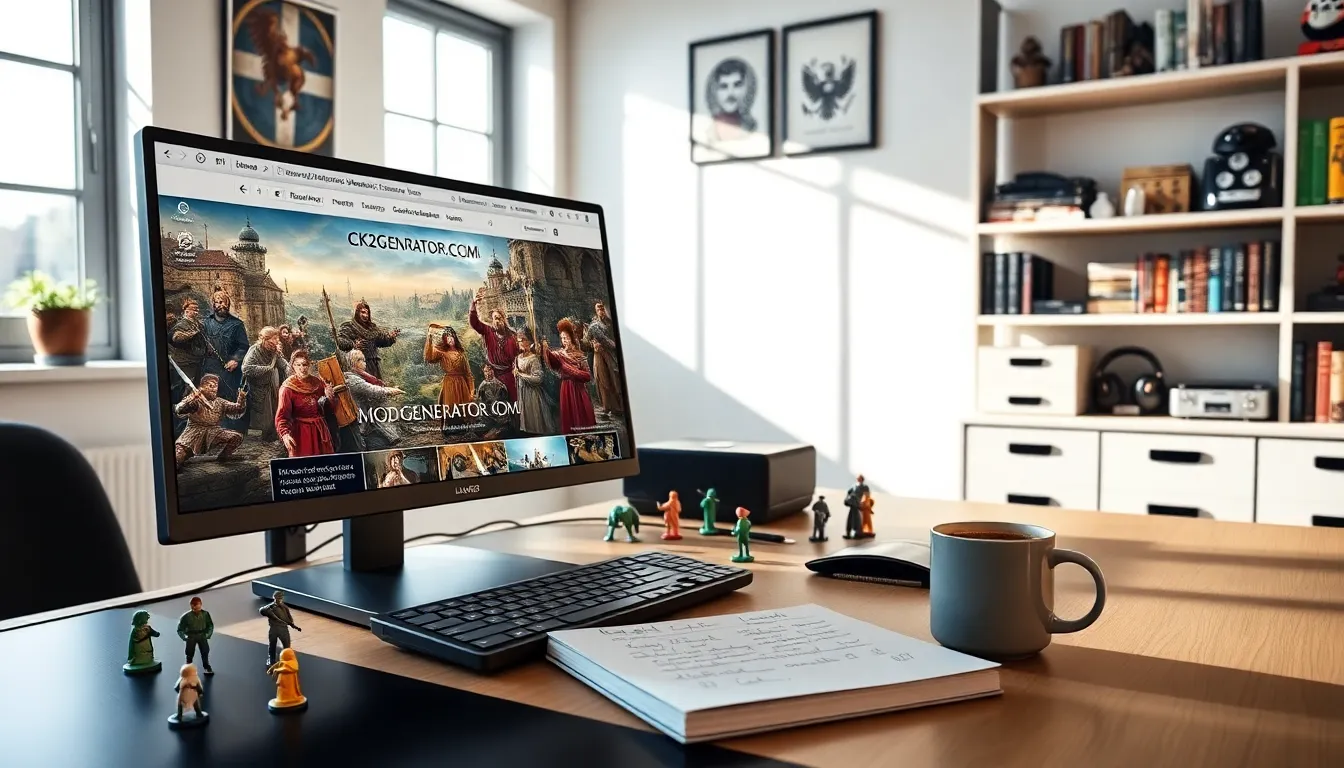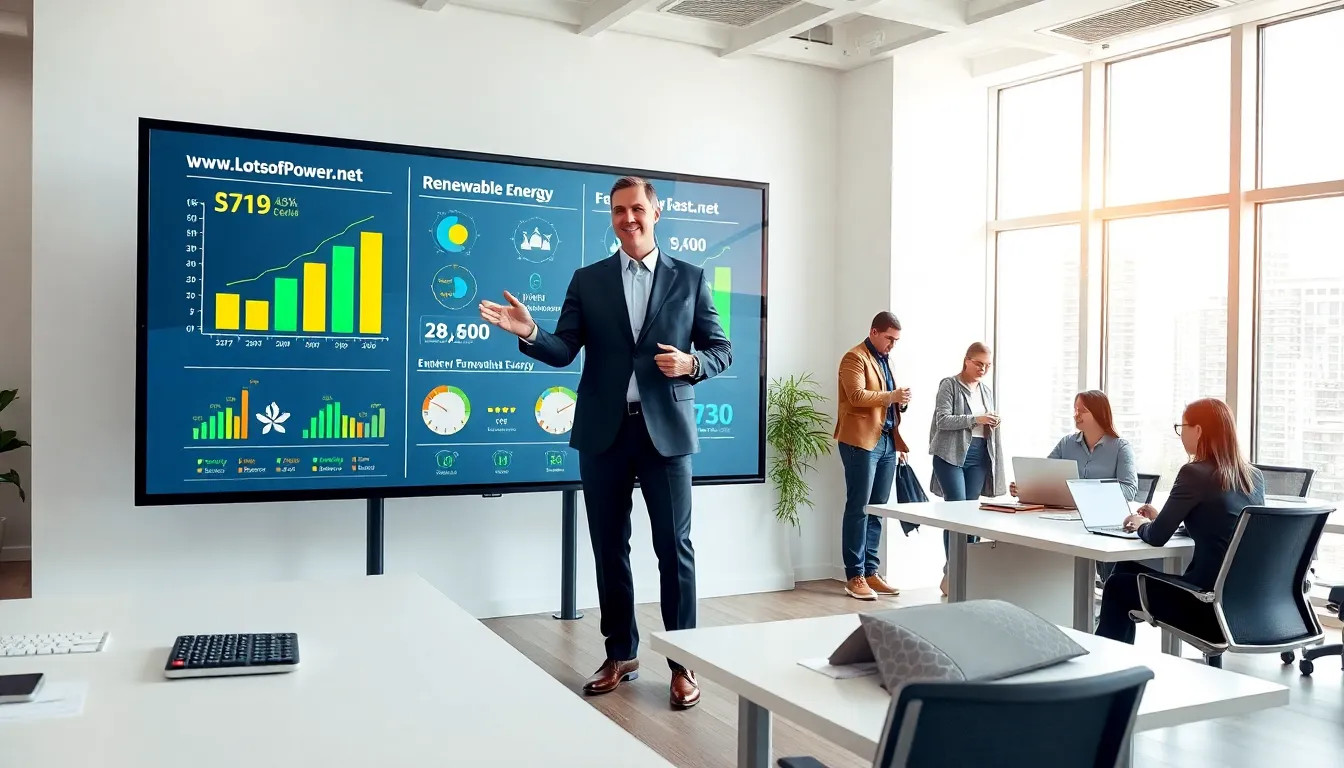In today’s political landscape, the partisan divide feels wider than a Grand Canyon-sized gap. It’s like trying to convince cats and dogs to share a cozy couch—everyone’s got their turf, and there’s no shortage of fur flying. As debates rage on, it’s easy to get lost in the noise, but understanding this divide is crucial for navigating the murky waters of modern politics.
The clash between parties isn’t just a spectacle; it shapes policies and impacts everyday lives. Whether it’s about healthcare, climate change, or social justice, the stakes are high. So grab your popcorn and buckle up, because diving into the intricacies of the partisan divide reveals not just the drama but also the potential for bridging the gap. After all, if cats and dogs can learn to coexist (sort of), maybe we can too.
Table of Contents
ToggleUnderstanding The Partisan Divide
The partisan divide significantly impacts political discourse and decision-making. It influences key policy areas such as healthcare, climate change, and social justice. Increased polarization leads to a scenario where opposing parties struggle to engage constructively. Many citizens experience heightened frustration as a result of this divide.
Disagreement often escalates into hostility, making collaboration difficult. Research indicates that partisan identity increasingly shapes individual perspectives. Factors like social media and targeted political messaging contribute to this growing divide. Voter behavior reflects these trends, with many choosing to align strictly with their party affiliation.
As a result, bipartisan initiatives face obstacles in gaining traction. Conflicting views hinder effective communication on essential issues. While the chaos appears overwhelming, opportunities exist for bridging the gap. Grassroots movements and community dialogues promote understanding across party lines.
Educating the public about different viewpoints fosters a more informed electorate. Recognition of shared values can catalyze discussions that lead to collaboration. Political leaders play a vital role in shaping discourse, encouraging civil discussions, and prioritizing unity.
Acknowledging differing opinions creates a foundation for solutions. Promoting empathy and active listening alters the dynamics of political engagement. Individuals, too, play a crucial role in addressing divisions by actively seeking collaboration. Implementing these strategies can reshape the current landscape.
Historical Context Of Partisan Divide
Understanding the historical context of the partisan divide provides insight into today’s political dynamics. Key events and party evolution have significantly influenced current partisan views.
Key Events That Shaped Partisan Views
Major events in U.S. history, such as the Civil War and the Great Depression, drove wedges between political factions. The Civil Rights Movement in the 1960s also amplified tensions, as differing views on race and equality surfaced. The rise of cable news in the 1990s further polarized opinions, allowing partisan narratives to dominate public discourse. Additionally, 9/11 and subsequent wars in Iraq and Afghanistan reshaped national security perspectives, entrenching partisan differences over foreign policy. Each of these pivotal moments contributed to the deepening rifts in partisan identities.
Evolution Of Political Parties
Political parties in the U.S. have transformed significantly since their inception. The Federalists and Democratic-Republicans emerged in the late 18th century, establishing the initial framework for partisan conflict. Over time, the party system evolved, with the emergence of the Democratic and Republican parties in the 19th century capturing distinct ideological factions. The New Deal coalition in the 1930s brought together diverse groups under the Democratic banner, while modern issues have increasingly polarized the parties further. Today, each party aligns closely with specific ideological stances, influencing voter engagement and legislative behavior.
Impact Of The Partisan Divide
The partisan divide significantly affects various aspects of society, particularly governance and social interactions. Understanding these impacts clarifies the challenges and potential solutions.
On Governance And Policy Making
Governance suffers due to polarization, complicating bipartisan cooperation. Often legislators face difficulty reaching consensus, resulting in gridlock on essential policies. Major issues like healthcare reforms, climate initiatives, and economic recovery demand collaboration. Increased partisanship leads to the prioritization of party loyalty over effective governance, hindering progress. Political leaders may focus on achieving short-term victories instead of addressing long-term concerns, diminishing public trust. Daily decisions impacting citizens, such as budget allocations and social programs, often reflect this divide. Hence, fostering dialogue between parties could pave the way for effective policy-making.
On Social Cohesion
Social cohesion weakens amidst rising partisan tensions, causing divisions within communities. Groups often become insular, reinforcing existing biases and leading to decreased interactions with opposing viewpoints. Shared public spaces, such as schools and workplaces, reflect these divides, affecting relationships and fostering hostility. Events meant to unite the community may encounter resistance or vocal opposition. Miscommunications proliferate through social media, creating echo chambers that further entrench biases. By encouraging neighborly discussions and engaging in community initiatives, people can counteract this trend, fostering understanding and rebuilding social harmony.
Media’s Role In The Partisan Divide
Media influences the partisan divide significantly. News consumption patterns reveal that audiences gravitate toward outlets reinforcing their beliefs. Studies show individuals often choose sources that reflect their political biases, leading to echo chambers. This selective exposure deepens misunderstandings between opposing sides.
Social media platforms exacerbate this divide. Algorithms prioritize content that matches users’ preferences, thus limiting exposure to differing viewpoints. As a result, users encounter fewer opportunities for constructive dialogue. Misinformation spreads rapidly, amplifying partisan narratives and intensifying polarization.
Cable news channels contribute to the problem as well. These networks often frame issues in ways that stoke division, emphasizing sensationalism over factual reporting. Analytical research indicates that partisan news coverage influences viewers’ perceptions, shaping partisan identities and attitudes.
Public trust in media is declining. Surveys reveal growing skepticism about journalistic integrity, with many believing that bias pervades news reporting. This erosion of trust complicates efforts to bridge the divide, as citizens may dismiss diverging opinions as politically motivated or false.
Journalists face a crucial responsibility in this landscape. They must strive for balanced reporting and seek to present diverse perspectives. By promoting transparency and accountability, the media can facilitate healthier discussions among citizens.
Collaboration between media entities and civic organizations offers potential benefits. Initiatives aimed at improving media literacy empower audiences to critically evaluate news sources. Workshops and community forums can help foster an understanding of how media shapes public perceptions.
Implementing these strategies can create more informed citizens. As individuals become better equipped to navigate media landscapes, possibilities for bridging the partisan divide increase. Engaging with varied viewpoints fosters dialogue essential for social cohesion.
Bridging The Partisan Divide
Bridging the partisan divide requires proactive efforts and strategies aimed at fostering dialogue and community engagement. Understanding diverse perspectives plays a crucial role in this process.
Strategies For Dialogue
Establishing open lines of communication between opposing viewpoints fosters understanding. Using moderated discussions can facilitate respectful exchanges. Implementing dialogue formats, such as roundtables or town halls, encourages participation from all sides. Focused listening skills help participants grasp differing opinions without confrontation. Sharing personal stories humanizes political issues and creates common ground. Improved communication often leads to collaborative problem-solving and effective policymaking.
Role Of Community Engagement
Community engagement serves as a powerful tool for bridging divides. Grassroots initiatives mobilize individuals around shared goals and values. Local organizations can host events that promote interaction between differing political factions. These gatherings encourage neighbors to connect and discuss pressing issues. Volunteering for local causes not only benefits the community but also strengthens ties among residents. Engaging young people through educational programs fosters future leaders committed to bridging the gap between parties.
The partisan divide presents both challenges and opportunities for society. While it complicates governance and social interactions, there’s a pathway toward greater understanding. By fostering dialogue and community engagement, individuals can work to bridge this gap.
Encouraging open conversations and shared experiences can humanize political issues and promote empathy. As citizens actively seek collaboration, they contribute to a more cohesive society. Political leaders and media organizations share a responsibility to prioritize unity and transparency.
With commitment and effort, it’s possible to reshape the political landscape into one that values cooperation over division. The potential for a more unified future hinges on the actions taken today.





